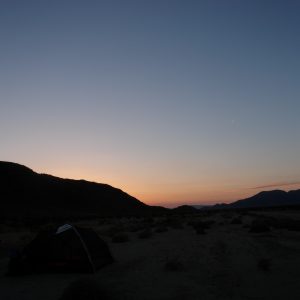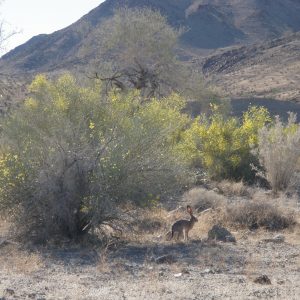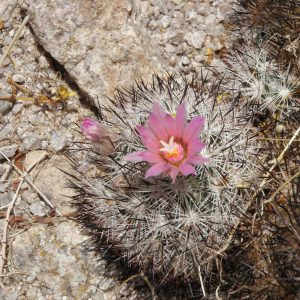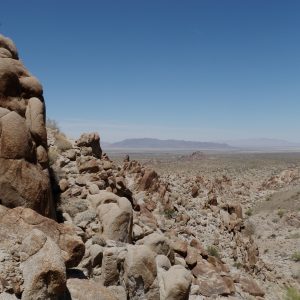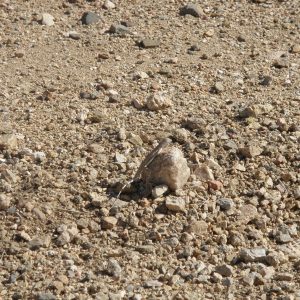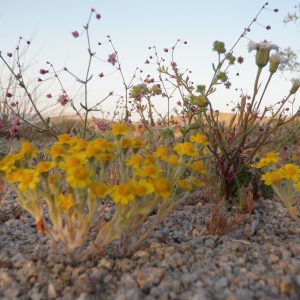Unlike many of the other CLM internships, my work in Klamath Falls, OR began in March. Sampling in Upper Klamath Lake and its tributaries for Lost River and Shortnose Suckers, two species of endangered fish, begins in the spring when snow still covers much of the landscape and icy winds make field work difficult. Despite these conditions, fish biologists at the USGS Klamath Falls Field Office are conducting mark-recapture studies using PIT (Passive Integrated Transponder) tags in order to determine recruitment and monitor the status of the fish species. PIT tags, also known as ‘microchips’, are a type of RFID technology which enable researchers to track individual fish. Based on recaptures, whether remotely with automated antennas or manually in nets, USGS has been able to estimate mortality and recruitment rates for Lost River and Shortnose Suckers.
My role in this project has been to assist in capturing suckers as they make their annual spawning runs from Upper Klamath Lake to the pebbled shores of springs and rivers. Once captured in trammel nets or a fish weir, fish are identified, measured, sexed, and scanned with a hand-held antenna to determine if they are recaptures. Newly captured fish receive a PIT tag, injected under a pectoral fin with a syringe. Once the fish are released, many are re-detected at remote antennas, placed around spawning grounds and across the Sprague and Williamson Rivers. Helping to maintain these remote arrays was another of my duties.
Although I have participated in some field work for biology classes, this has been my first intensive field experience. Luckily for me, I have been able to jump head first into this new experience. The most rewarding aspect, both personally and professionally, has been the sense of competence that arises from absorbing new information and tackling new challenges every day. For example, battling the weather in March and April has been an incredible adventure. Since suckers stage in Upper Klamath Lake before their spawning runs, boats are used to set trammel nets to capture the densely packed fish. Through trial and error, fish biologists at USGS have determined that maximum catches can be attained after sunset, which means this work must be conducted at night. Often times temperatures would dip below freezing, icing up our boot laces and numbing our fingers. Despite the discomfort of the working conditions, it was incredibly rewarding to adapt to the conditions in order complete the task at hand.
And on those rare days in early spring when the weather cooperated, I was often rewarded with some incredible sights; bald eagles perched along the railroad tracks, the sun setting over the lake, or a sky full of stars. There are many times over the course of this internship when I pause, take in the incredible environment around me, and can’t believe that I get to do this for my job.








